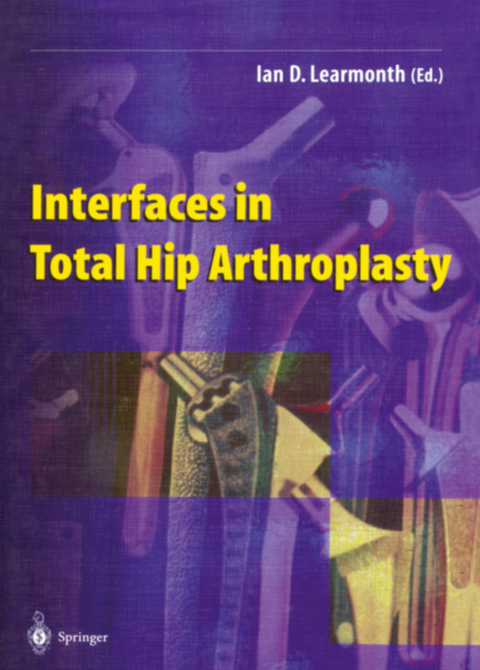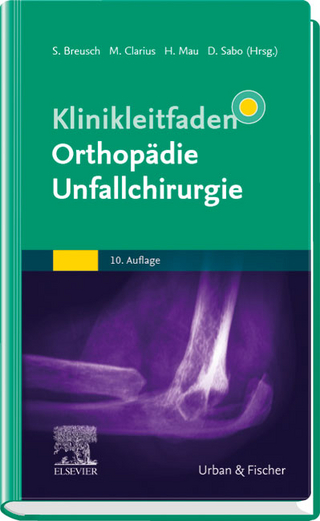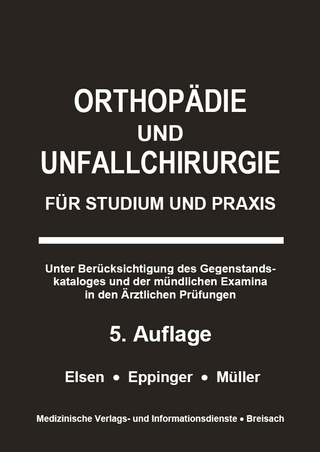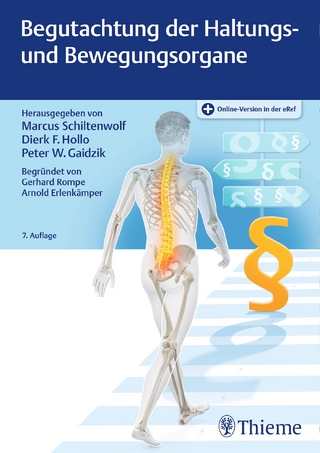
Interfaces in Total Hip Arthroplasty
Springer London Ltd (Verlag)
978-1-4471-1150-4 (ISBN)
Section I Component-Cement-Interface.- 1 Titanium Femoral Component Fixation and Experience with a Cemented Titanium Prosthesis.- 2 The Time-dependent Properties of Polymethylmethacrylate Bone Cement: the Interaction of Shape of Femoral Stems, Surface Finish and Bone Cement.- 3 Femoral Stem Design and Cement Mantle Stress.- Section II Cement-Bone Interface.- 4 Histological Analysis of the Interface.- 5 Mechanical Analysis of the Interface.- Section III Modular Interface.- 6 Clinical Implications of Component Modularity in Total Hip Replacement.- Section IV Component-Bone Interface.- 7 Component Bone Interface in Cementless Hip Arthroplasty.- 8 Importance of Prosthesis Design and Surface Structure for the Primary and Secondary Stability of Uncemented Hip Joint Prostheses.- Section V Articular Interface.- 9 Polyethylene as a Bearing Surface.- 10 The Metal/Polyethylene Interface.- 11 Metal on Metal Articulation in Total Hip Replacement.- 12 Alumina on Polyethylene Bearings.- 13 Ceramic on Ceramic Bearing Surfaces.- Section VI Infected Interface.- 14 Periprosthetic Infection — Bacteria and the Interface Between Prosthesis and Bone.
| Zusatzinfo | XII, 168 p. |
|---|---|
| Verlagsort | England |
| Sprache | englisch |
| Maße | 193 x 270 mm |
| Themenwelt | Medizinische Fachgebiete ► Chirurgie ► Unfallchirurgie / Orthopädie |
| Medizinische Fachgebiete ► Innere Medizin ► Rheumatologie | |
| Medizinische Fachgebiete ► Radiologie / Bildgebende Verfahren ► Radiologie | |
| Schlagworte | Hip Arthroplasty • Interface • Mechanics • orthopaedic surgery |
| ISBN-10 | 1-4471-1150-8 / 1447111508 |
| ISBN-13 | 978-1-4471-1150-4 / 9781447111504 |
| Zustand | Neuware |
| Informationen gemäß Produktsicherheitsverordnung (GPSR) | |
| Haben Sie eine Frage zum Produkt? |
aus dem Bereich


